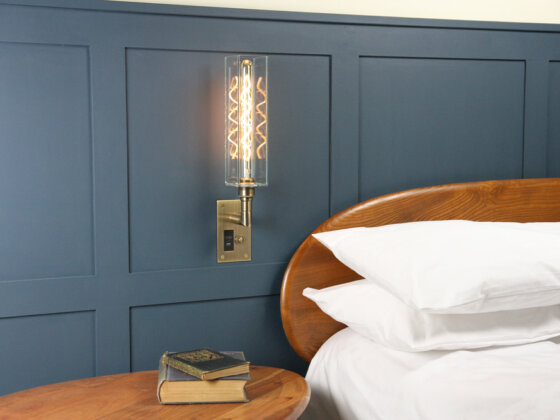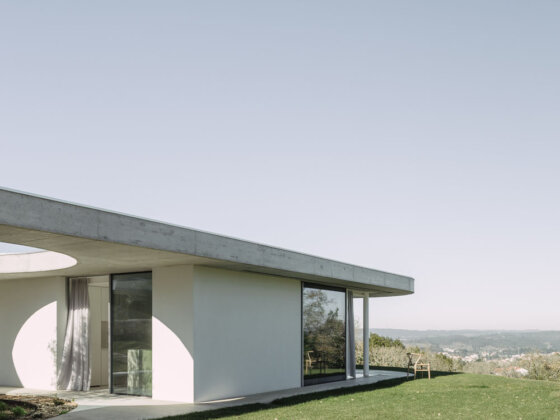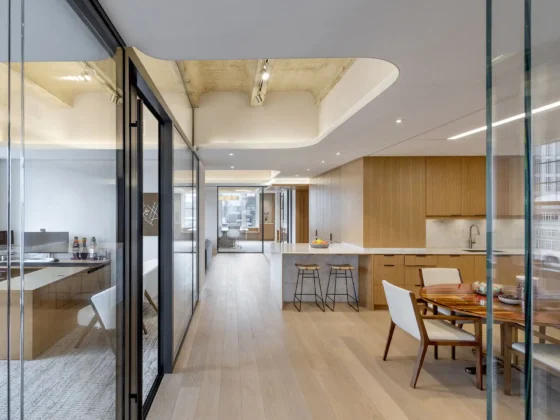Athens, Greece
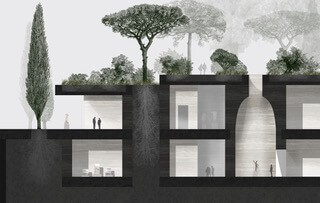
Drawing on the spirit of the original design—a romantic philhellenic idea of an urban landscape—David Chipperfield and Tombazis and Associates’ new restoration and revitalization proposal for the Archaeological Museum of Athens creates a new setting for this historic monumental building.
The architects won the competition to revamp and enlarge the National Archaeological Museum in Athens, which possesses one of the world’s major collections of prehistoric and ancient art.


The International Evaluation Committee unanimously selected the design from a shortlist of ten competing firms, including Kengo Kuma and Associates teaming up with the Greek architectural office K-Studio.
Housing one of the world’s most important collections of prehistoric and ancient art, the National Archaeological Museum was designed by Ludwig Lange and Ernst Ziller as a neoclassical building and constructed between 1855 and 1874.
The winning design takes inspiration from Lange’s original masterpiece.
Taking up the equivalent of several city blocks in the densely packed Exarcheia District of Athens, the building overlooks the public space of the National Archaeological Museum Garden.
The major extension was commissioned in recognition of the institution’s need to adapt to meet new standards of quality, openness and sustainability.
Respecting the classical hierarchy and responding to the existing topography, the plinth of the existing building is extended all the way to the street, allowing the original structure to maintain its symbolic power.


In one gesture, this generates roughly 20,000-square-metres of additional space including two floors of subterranean galleries, forming a fluid sequence of spaces between old and new.
The public garden is raised to the new, extended plinth level, framing the original building with nature.
The new museum garden provides a quiet, green public space elevated above the bustling city and is based on the ancient Greek ideal of a public gathering area for all citizens.
The landscape, designed by Wirtz International, contains gravel spaces and paths, lawns, groups of Umbrella and Aleppo pines, evergreen Holm oaks and shrubs, referencing nineteenth-century parks.
Accessible from all directions, it contains a sunken, sheltered inner courtyard at the centre.
The monumental entrance staircase of the original building is extended into this courtyard, binding together old and new, and providing a newly defined meeting place.

The extension will contain the museum’s main public-facing functions—ticketing facilities, cloakroom, shop, and restaurant, as well as an auditorium and permanent and temporary exhibitions spaces—that are organized in balance with the symmetry and axis of the historic building.
The main entrance is brought forward to the street, reinforcing the museum’s relationship with the city, while the largely glazed façade offers the public views into the new building.
The plan is made up of a series of dispersed solid elements that define a fluid sequence of spaces that draw visitors towards the historic building and offer oblique views into the galleries along the way.
The rammed-earth walls reinforce the excavated nature of the extension and, combined with the play of light and shadow, create the sense of subterranean caverns, forming distinctive settings for exhibiting artefacts and sculptures that contrast the historic exhibition spaces.

The sustainability strategy is supported by two distinct concepts: the new museum extension as high mass, low-energy architecture enhanced with green and public infrastructure, and a historic museum that is gently revitalized and upgraded in terms of energy use, taking advantage of the natural climate where possible.
The design preserves the existing museum building so that it can remain a clear urban focal point, which perpetuates the essence of the building instead of erasing it—an important factor for social sustainability.
The roof garden fosters the city’s ecosystem, bringing vegetation, shade and natural cooling to the neighbourhood, mitigating the impact of urban heat-island effects on the city centre.
The embodied carbon is reduced by the use of reinforced rammed earth, which has the added benefit of naturally controlling humidity in exhibition spaces.
The hollow core supporting the roof structure allows large trees to take root and grow.
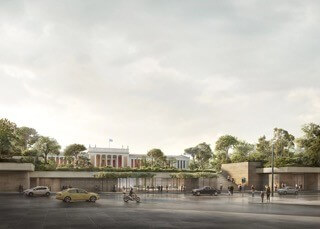

Architects: David Chipperfield Architects
Lead Architects: David Chipperfield, Martin Reichert, Alexander Schwarz, Annette Flohrschütz, Franziska Rusch, and Christian Richardt
Design Team: Josephin Brewitt, Leander Bulst, Anke Fritzsch, Viola Fabi, Dirk Gschwind, Kristin Karig, Katerina Koutentaki, Mauro Plaetinck, Mariska Rohde, Matthijs Sioen, Nils Stelter, Urs Vogt, Christian Vornholt, and Ute Zscharnt
Competition Team: Bernhard Danigel, Anke Fritzsch, Kolja Hein, ad Ute Zscharnt
Executive Architects: Tombazis and Associates Architects S.A.
Original Architects: Ludwig Lange and Ernst Ziller (1855 and 1874)
Landscape Architects: Wirtz International Landscape Architects
Exhibition Design Consultants: Atelier Brückner
Visualisations: Filippo Bolognese Images
Clients: The Greek Ministry of Culture and Sports and National Archaeological Museum, Athens

